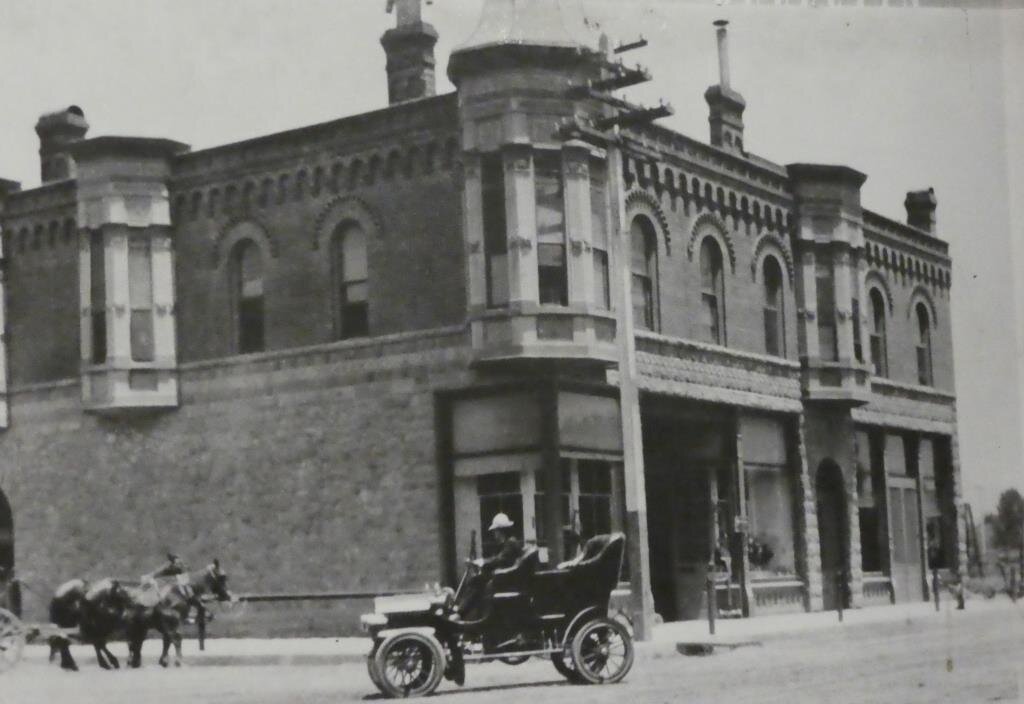The "Maria" Fire Near Santa Paula Burns Over 9,400 Acres Beginning Halloween Night
/I was in Newbury Park on Halloween night when I looked up and saw orange flames in the distance. First I mentally freaked out because they looked pretty close by. But after checking out the Ventura County Fire Department (VCFD) “Pulsepoint” page (a web page that shows active and recent incidents in Ventura County), I learned this was most likely a fire on South Mountain, just south of Santa Paula.
Fires definitely can look closer than they actually are at night. Unfortunately, based on a number of recent experiences, I’m getting used to that.
In this case, the fire on South Mountain was clearly seen from the Conejo Valley as the mountain is over 2,300 feet in elevation (which is about 500 feet shorter than Boney Peak here in the Santa Monica Mountains). Although unnerving to see, the flames were easily 10 to 12 miles away from the Conejo Valley, measured point to point.
Randy Latimer shared this of his plane at #SantaPaula airport last night #MariaFire pic.twitter.com/gQNJlTmctU
— TRACY L. LEHR (@KEYTNC3Tracy) November 1, 2019
The fire was called the “Maria” Fire. I’m assuming it was named after something near the scene of the incident. There is a Santa Maria Street in Santa Paula that parallels the north side of South Mountain, so I’m going to assume that was what this wildfire was named after.
South Mountain overlooks the Santa Paula Airport and has the initials “SP” emblazoned on it. There are also oil fields clearly seen on the mountain as well as communications equipment at the top.
What a way to spend Halloween night. Within an hour of its identification, VCFD issued evacuation orders to homes in the perimeter south of the 126, north of Los Angeles Ave, east of Vineyard and west of Balcom Canyon Road.. About 1,800 homes were threatened as the fire crews strategically went into structure protection mode.
The wind driven fire was spreading quickly westbound, while moving slowly in the Santa Paula direction. Somis was also in the path of the fire.
One great thing about social media is that we have much more timely information about local disasters. The VCFD Public Information Officer Twitter account posts frequent updates, available to anyone via web browser at twitter.com/VCFD_PIO. (You don’t need to be a Twitter user to view the Tweets.) I’ve been impressed by the frequency and quality of communications from this VCFD account.
Of course, there are other sources for information, including the vcemergency.com website, which posts incident information, evacuations, emergency shelters and road closures.
As of Saturday, November 2nd at 7 p.m.., the Maria Fire stands at 9,412 acres and is 30% contained. Two structures were destroyed in the fire but at this time, no other structures are threatened. Evacuations orders were lifted at 2 p.m. today. A total of 1,579 total personnel are assigned to the fire, including 262 engines, 7 water tenders, 6 helicopters, 35 hand crews and 10 dozers.
Anticipated full containment is November 8th.








